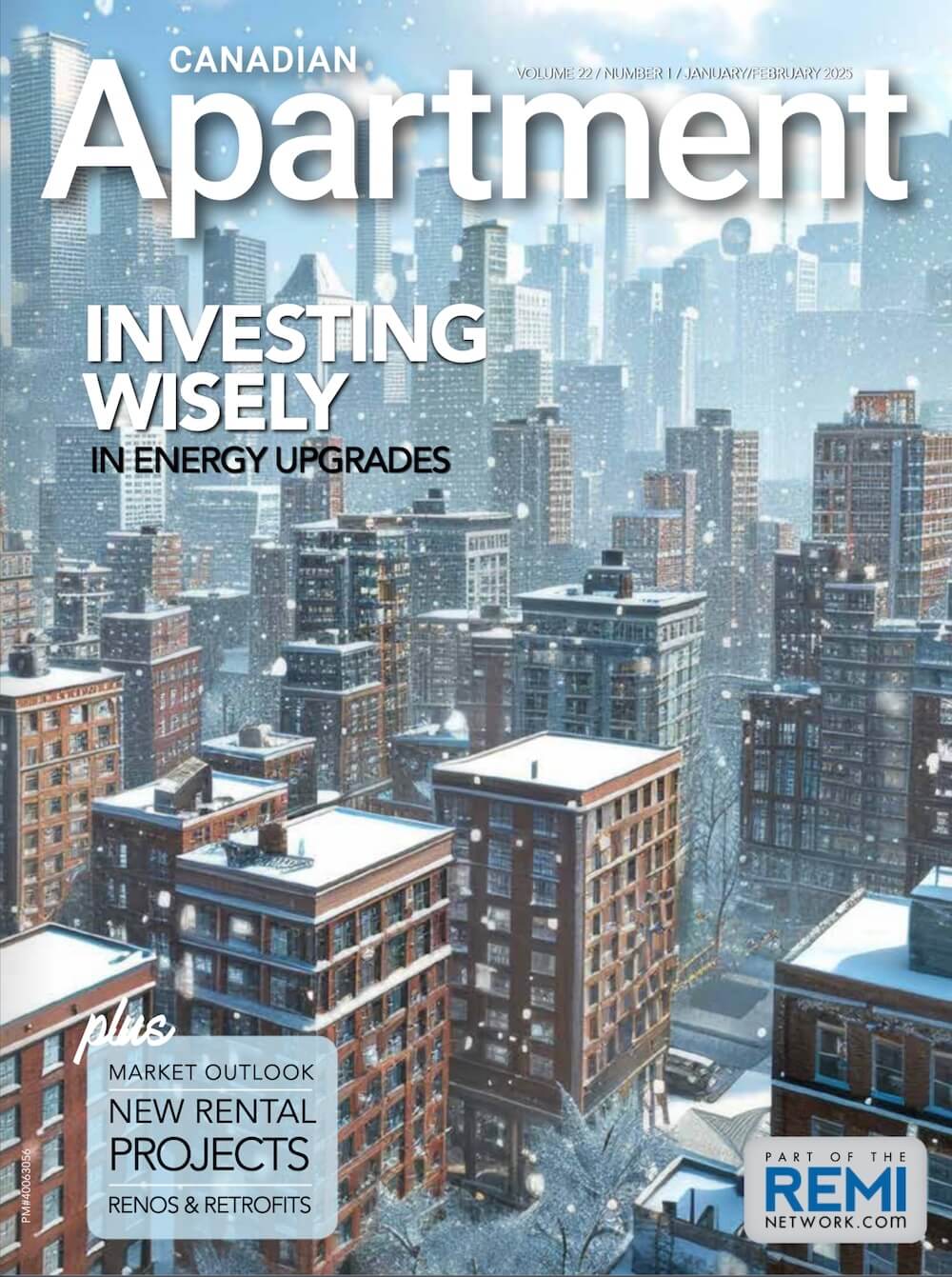The Institute of Inspection, Cleaning and Restoration Certification (IICRC) has released the French translation of the ANSI-approved ANSI/IICRC S500 Standard and Reference Guide for Professional Water Damage Restoration (4th edition, 2015).
The IICRC S500: French 2016 does not provide comprehensive water damage restoration procedures, but it does outline the foundation for basic principles of proper restoration practices. It also does not include exhaustive performance characteristics or standards for the manufacture or installation of structural components, materials and contents (personal property).
“It is a proud day for the IICRC and the standards committee to truly involve the international community and create awareness for our documents,” said IICRC Standards Chairman Howard Wolf. We hope this is the first step towards wider acceptance of our standards both in North America and abroad.”
To purchase a copy of the new IICRC S500: French 2016 and other standards, visit http://webstore.iicrc.org. For more information on other certification programs and standards offered by IICRC, visit www.iicrc.org.
According to S500 Chairman Mickey Lee, the primary revisions made to the Standard and Reference Guide since the 2006 edition was published include the following.
- Redefined the Classes of Water Intrusion to offer a more objective means of estimating the evaporation load in a building, basing it on amount of affected materials to be dried rather than by vague descriptions.
- Restructured the Inspections and Structural Restoration chapters to flow generally in the order a restorer would perform the activities on a typical water intrusion project, making them more usable and easier to follow.
- Consolidated information and recommended guidance on various materials which previously was scattered in three chapters (i.e. Building Science, Inspections, Structural Restoration) and placed them into a more user-friendly Table of Materials and Assemblies.
- Provided a rationale for airmover placement based on amount of wet, affected surfaces that is applicable to all classes of water intrusions.
- Strengthened the third-party references in the building science, microbiology, psychrometrics and drying technology chapters to reflect third party research and enhance their credibility.





